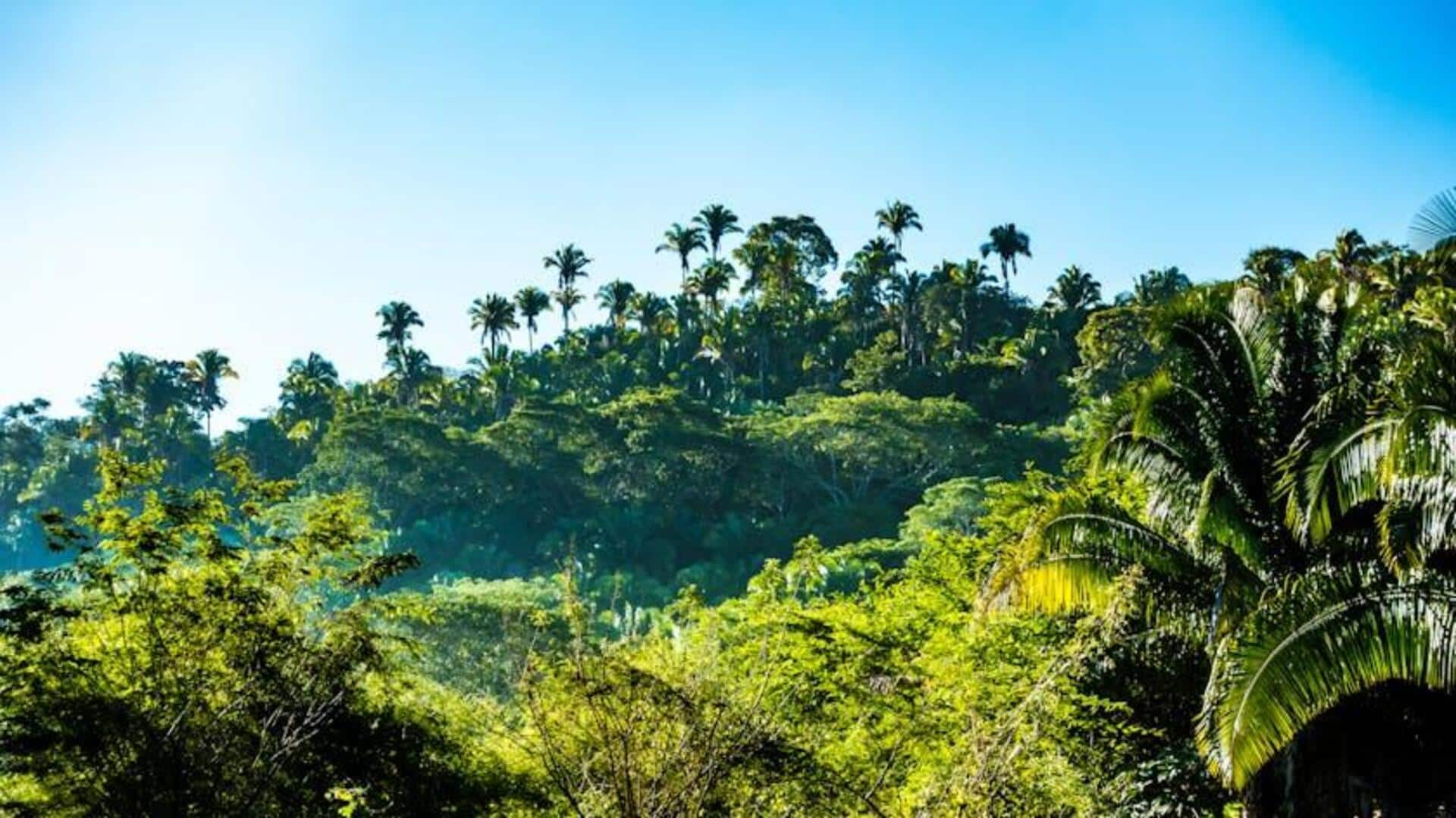
Velvet worm safari: Experience the miniature marvels of nature
What's the story
Their alien-like appearance and intriguing hunting methods make velvet worms a captivating subject for scientists and nature enthusiasts. Often residing in tropical forests, these creatures present an exciting opportunity for adventure travel with a focus on the miniature marvels of nature. This article guides you on how to plan your velvet worm safari, offering advice on where to spot them and tips for observing these elusive critters.
Location
Discovering their hidden habitats
Velvet worms inhabit damp environments, predominantly in the leaf litter of tropical rainforests. Hotspots for these critters include Costa Rica, Ecuador, and parts of Australia. Booking a safari in these regions will maximize your chances of seeing them. They are most active during or just after rainfall. That's when you should plan your sightings.
Gear
Preparing for your safari adventure
Having the right equipment is key to a successful velvet worm safari. Since they are tiny and camouflaged, a high-quality magnifying glass or a macro lens for your camera will let you find and study them without causing unnecessary disruption. And because their habitats are wet, you should also wear waterproof clothing and sturdy boots.
Habits
Understanding velvet worm behavior
If you want to maximize your chances of seeing velvet worms, you need to know when and how they hunt. They're night-time hunters, who use a super unique (and a bit gross) way of catching their dinner - they squirt a sticky slime at it! By watching them on night walks with a knowledgeable guide, you can witness this incredible hunting technique without disturbing the worms.
Guides
Engaging with local experts
Hiring local guides with expertise in rainforest wildlife is the secret to a successful velvet worm safari. They understand where these elusive creatures reside and how to approach them respectfully. By hiring local guides, you contribute to the community and promote sustainable tourism practices. This way, your visit directly supports wildlife conservation.
Etiquette
Tips for responsible observation
When watching velvet worms in the wild, always maintain a respectful distance to prevent causing stress to the animals or damaging their habitat. Limit the use of flashlights during night watches. Bright lights can disorient and disturb velvet worms and other nocturnal animals. Follow the rules set by your guide or conservation areas. This way, your adventure contributes to the positive efforts in wildlife conservation.